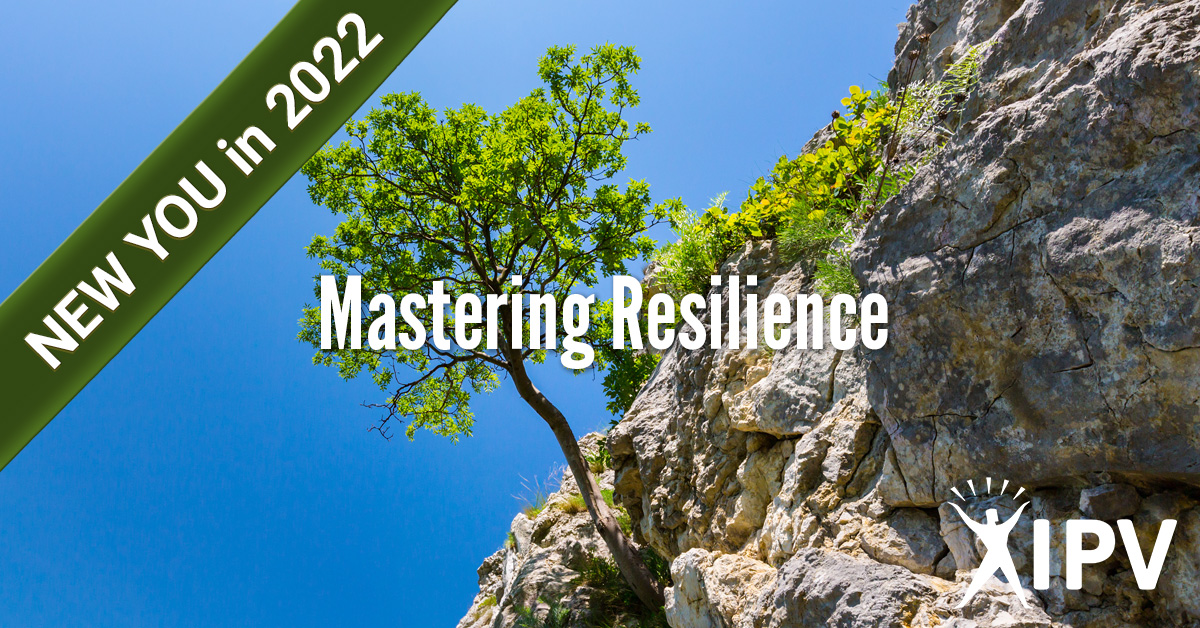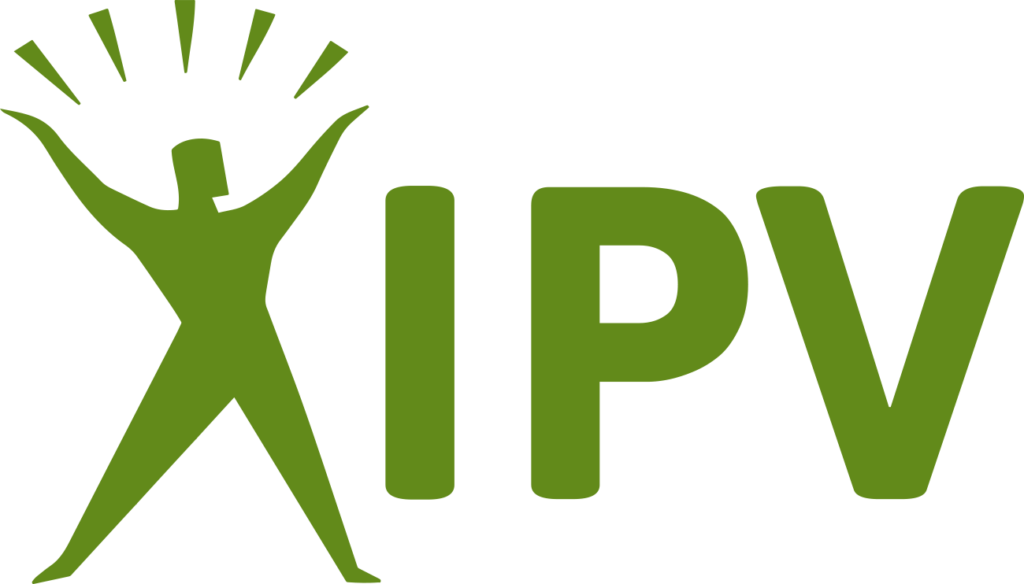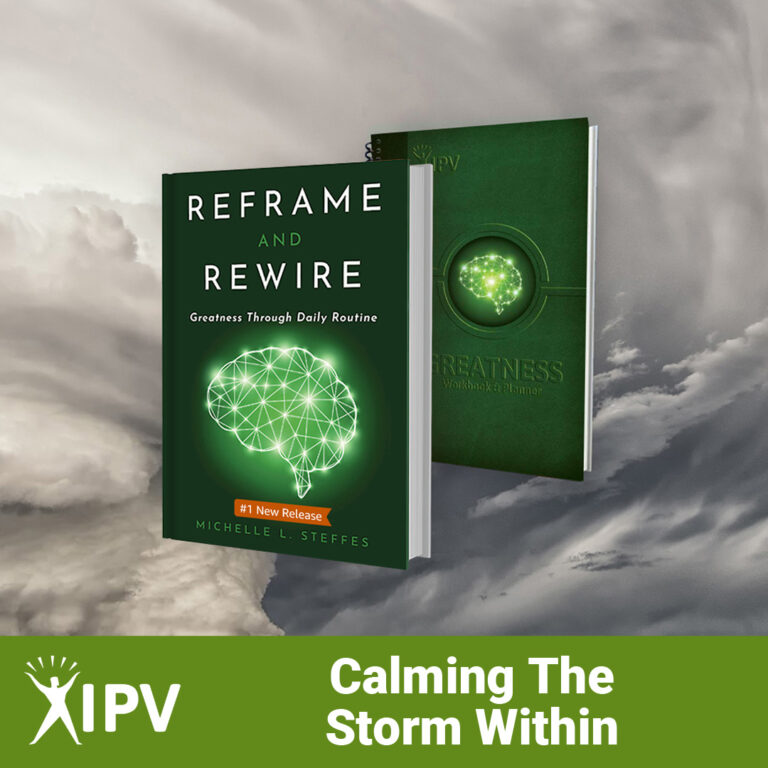
How You Approach Change Makes All The Difference
At the end of the previous episode in the Resilience in Times of Change podcast, Michelle talked about fear and its effects on your brain, and why it can be a stumbling block for many during times of stress or when making decisions.
Today, Michelle delves into how your mental state can affect your perceptions, and therefore the information coming into your brain can be diffracted. Join her as she describes how someone who is calm is less likely to be governed by emotions, and makes less “reactive” decisions.
Listen to the sixth episode below, or scroll below the player to read the full transcript!
Listen to "Resilience in Times of Change: Episode 6"
Welcome to Reframe and Rewire: Greatness Through Daily Routine. This podcast is designed to alter your minds sets and transform your day-to-day from the second you open your eyes, to you close them at night, adapting what I would call a success routine. This series is liable to change your life. And it’s never the big things that you do, but the littlest things you do every day that make the biggest difference. And now, onto the podcast. Thank you for joining.
Well, welcome back to the podcast as we continue in this series, or I should say course on resilience in times of change. This particular course has been my number one requested course in the last two years, as you can imagine, and has been taught globally to many different organizations for many different reasons; to leaders, as well as individuals and entrepreneurs, and all sorts of groups. It is loaded with information. So, if you are looking for not only understanding how to become resilient, but how we end up not being resilient and what happens to us internally and then how to cope with it and build it back, then this is the series or course for you. I would encourage you to share it with others who may be interested in learning this course. And if you’re just now joining, I would encourage you to go back to the very beginning and listen all the way through because it is chockfull of information and applicable resources.
Now I will tell you, I had promised to put in handouts throughout this that I typically share in a syllabus form, but I had a little trouble getting the last handout onto Buzzsprout, which is my platform that I used for recording. I’m doing a little research to see if I can do a better job of it. In the meantime, I’m going to have to hold off on those, but I would be happy to send them to you if you want to go ahead and contact me. Just visit my website at IPVConsulting.com, and reach out to me through the contact form there. Now, I will tell you that I’m inundated with contacts. Many of them are not related to my offerings. So, it may take me a little bit to get back to you, but I will get back to you. I do check those from time to time. And to help out, please make your subject line Resilience, and then I’ll be able to find you a whole lot quicker.
So, getting back to this. We were talking yesterday about the cellular changes that occur in the brain when we were under stress and fear, and we also mentioned the fact that fear is the basis or the foundation behind everything that would create, upset, struggle, and a lack of resilience in any order. Okay? So, I want to talk to you today about retraining your brain and managing your state.
Now, if you can imagine, and I’ve got a graph here that I use often to share this illustration, your state of mind is going to determine your emotional response. So in other words, if you have a calm state, if you’ve developed a calm state where you don’t allow things to get to you, you’re not reacting to everything, then your emotions will stay fairly stable.
Whereas if you have a state that is reactive, meaning instantly you’re mad, you’re offended, you’re upset, you’re angry, you’re just… Whatever hits you, you’re automatically reacting to it, then you’re affecting your state. But you also affect your state by what you allow into you. Okay? And we’re going to get into that more later, but I just want you to understand that whatever state of mind you could create internally is going to be the gauge as to where your emotions wind up. So, if your state’s all over the board, your emotions will also be all over the board, and that’s that amygdala hijack that we talked about yesterday.
So, in the practical sense, this is how it looks. So say something happens to you, something bad. Somebody’s mean to you or cheats you in some way or hurts you or offends you. Well in days, it becomes a mood, and we’re thinking about it, right? We’re meditating on it. Maybe laying awake at night thinking about it and mulling it over in our minds, and we’re upset and people start to notice. So they say, “What’s wrong with you? Are you okay?”
And then if we keep doing that and we keep ruminating on it and meditating on it and mulling it over and over in our minds, in months, it becomes a temperament and people will say something like, “Wow, you’ve been in this funk for a while. Is there something I can do to help you? Maybe you should look into getting some help.” And then in years after doing this and getting into this habit and pattern, and that’s what it is, it’s a habit or pattern that you formed by just being reactive, which we mentioned a moment ago, just react, react, react, “I’m upset, I’m upset, I’m upset,” and you’re just mulling it over and over in our brain; you grow all these incredibly huge neural networks, which we talked about a couple of episodes ago. So if you miss that part, I would encourage you to go back and listen to that.
And then, of course, that spurs on synaptic connections to release, through the receptor sites, all of the different 60 neurochemicals that are inside of you constantly coursing through and creating these emotional responses. And the two that I mentioned were adrenaline and cortisol. So, I know that’s a lot to digest in this moment, but if you go back through the series, it’ll make more sense to you.
Anyway, my point is, in years after doing this and creating those patterns, it becomes a personality trait. And now people say, “Oh yeah, they’re just a crab. Just ignore them. Just steer around them.” Or, “Yeah, they’re always flying off the handle. They’re just ornery. No one can predict them. They seem to have a short fuse.” And that’s what people will start saying about you and thinking about you. Now, nobody wants that, right? I don’t want that said about me, and I know you don’t want that said about you. However, that’s what happens when we allow these patterns to continue to grow and we feed them. All right? And we feed them through our reactivity and through what we put in us. Okay? And again, I’m going to get to that in a little bit.
So, I hope that makes a lot of sense to you. We need to break those patterns. All right? So as I mentioned, you have 60 neurochemicals coursing through your brain and even in your body, and adrenaline and cortisol are the two we’ve mentioned. And with each thought or action, one of these or many of these chemicals get released. Now, another word for these is neurotransmitters. That’s another word for them. Okay?
Sometimes they’re referred to as hormones, but we’re going to talk about a few more of these as we dive deeper into this series, but I’m out of time for today. So, we’re going to come back tomorrow and we’re going to talk about more positive neurochemicals and how to release those. So, please join me.
This is Michelle Steffes, Reframe and Rewire. Thank you for joining.
Would your company or organization benefit from a group coaching series on Resilience?
Want More? Get the Book!
Amazon #1 New Release
Now an Amazon #1 New Release, Reframe & Rewire is an in-depth, step-by-step study guide on the science of habits.
Get insight, tools, and inspiration to build a routine that will empower every aspect of your life. Pages filled with compelling statistics, case studies, and elements of neuroscience and human physiology.
You will discover irrefutable science-backed evidence that, when applied, will transform your state of mind, ultimately giving you total control of your life, career, and destiny.
Through small, daily changes utilizing this interactive journey, you will discover new methods of thinking and living that will revolutionize your world and propel you to GREATNESS!
In This Book:
- 7 Actual Case Studies
- The Brain Science Behind Habits
- Retraining Your Brain Through Cognitive Restructuring
- Heart Science, Energy, and the Law of Attraction
- Powerful Principles of Influence and Greatness
- Tips and Tools to Build Your Success Routine






